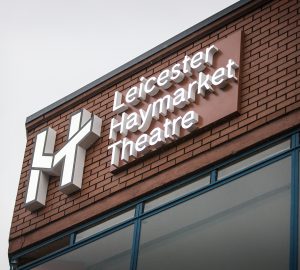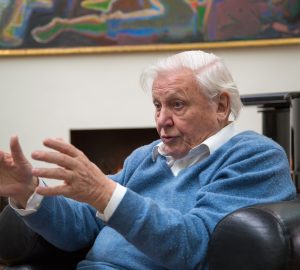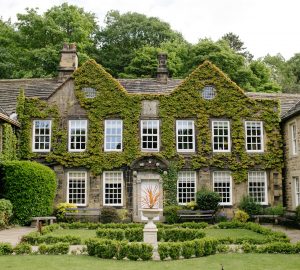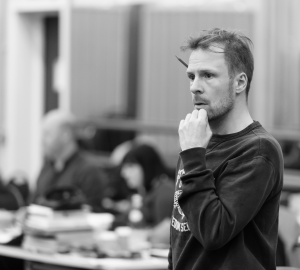October 17 marks 50 years since the city’s Haymarket Theatre opened its doors to theatregoers, with tens of thousands passing through the doors over the years as well as many of the industry’s brightest stars…
Before being mothballed in 2020, due to the Covid-19 pandemic, the Haymarket enjoyed a rich history, with acting royalty including Sir Anthony Hopkins and Julie Walters treading the boards during its hey day.
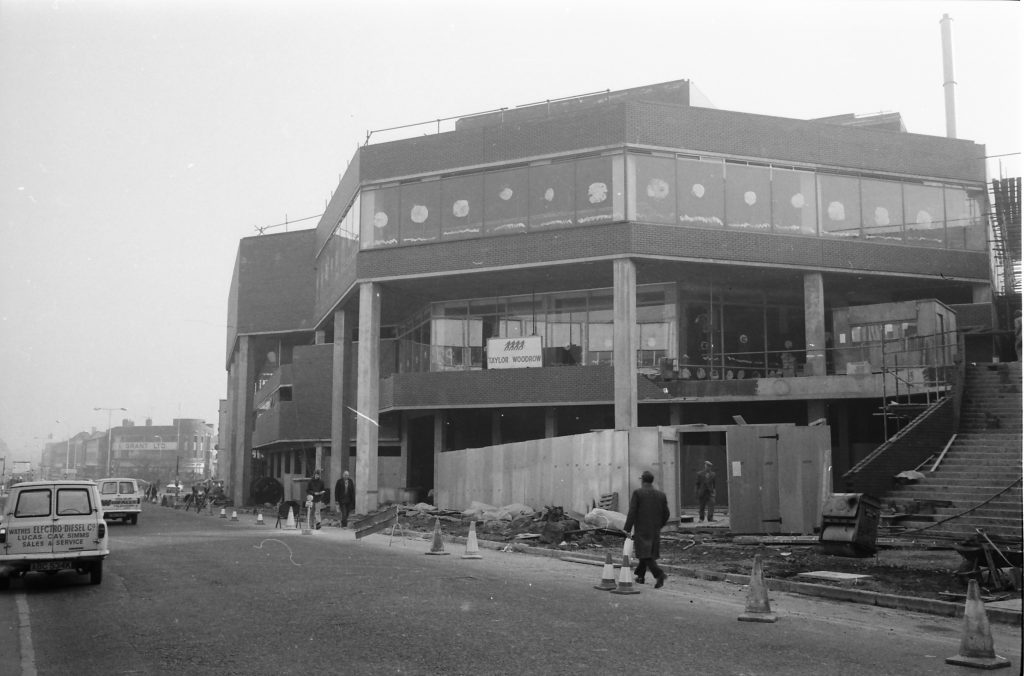
The ‘Silence of the Lambs’ actor starred in a performance of ‘M.Butterfly’ in 1989, which attracted rave reviews, and Ms Walters took on the role of Lady Macbeth when the Shakespearean classic, Macbeth, came to the venue back in 1984.
Other notable performers who’ve graced the building, include Emma Thompson, Stephen Fry and Robert Lindsey who were part of the cast of ‘Me & My Girl in 1984.
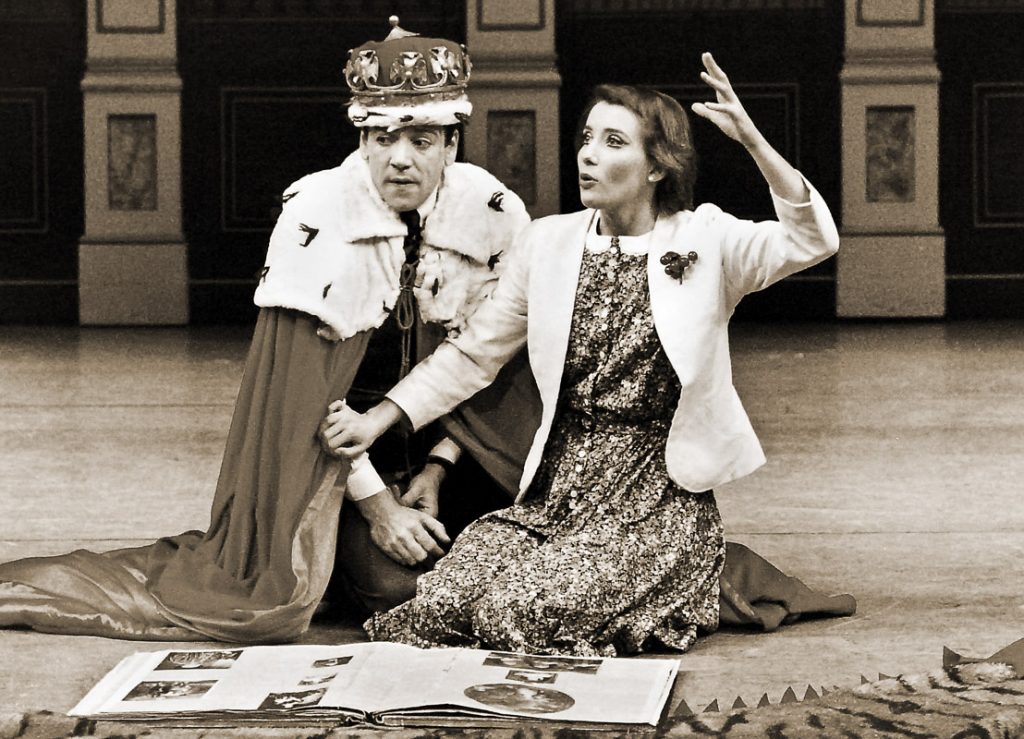
For many years, the Haymarket served as a cultural beacon for people in Leicester. However, it closed its doors in 2006, to make way for the city’s shiny new Curve Theatre.
It was revived briefly in 2018 after being taken over by an organisation known as the Haymarket Consortium.
However, this was cut short when Covid-19 struck, and the building was mothballed just two years later.
But in a happy twist of fate, 2023 brings new hope for the theatre as it celebrates half a century in the city. The building has been given a generous ‘happy birthday’ gift from Leicester City Council, and a brand new lease of life thanks to a local dance academy, who have made it their base.
Addict Dance Academy are currently using the facility for teaching purposes after agreeing a partnership with Leicester City Council – the leaseholders.
Although the agreement is initially a year, Sir Peter Soulsby hopes it could become part of a more permanent solution to ensuring the future of “this wonderful building.”
“In the longer term, however, I’m determined to reopen the theatre to the public, and look forward to working with partners to create a programme that will attract new audiences and complement what’s on at Curve and De Montfort Hall,” he said.
“While that will require some further modest investment, to allow us to replace outdated equipment and carry out further upgrades, we remain committed to reopening the theatre fully and making sure that the lights stay on at this iconic Leicester landmark.”
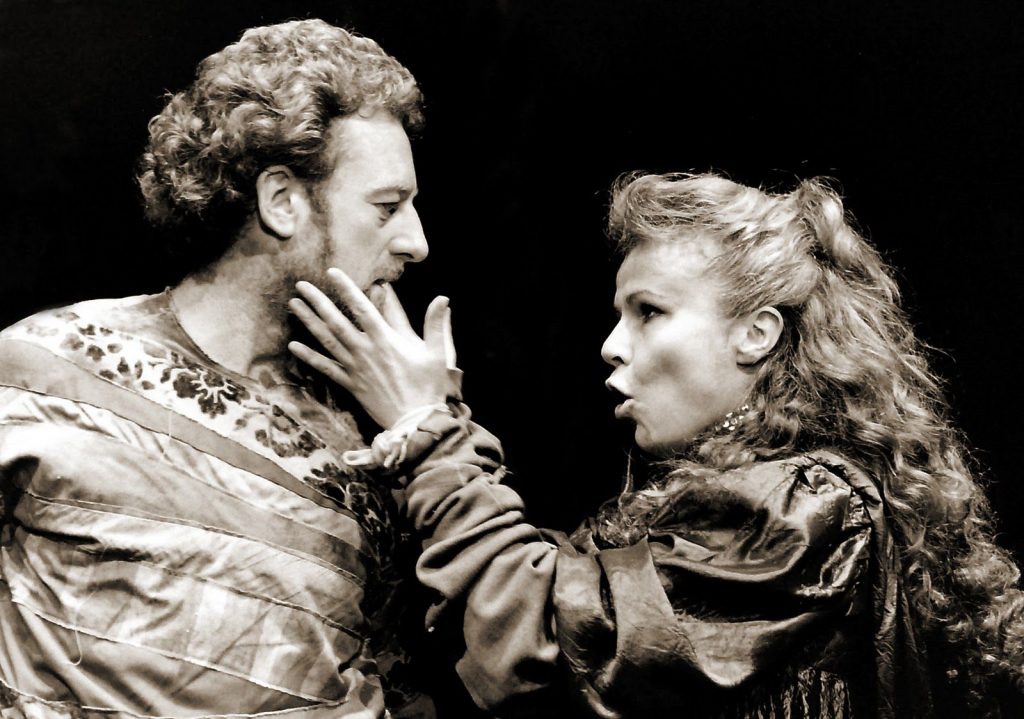
Leicester City Council purchased a 99- year lease of the Haymarket theatre in 1974 – the year after it was opened by the great English actor Sir Ralph Richardson.
The venue was built in 1973 to supersede the city’s Phoenix Theatre, at a cost of £900,000.
The architects were Stephen George and Dick Bryant of the City Architects department, with the auditorium seating 750 people in a wide fan shape, close to the stage.
Its opening season began on October 17 1973 with a performance of ‘The Recruiting Officer,’ followed by ‘Economic Necessity’ on October 24 and ‘Cabaret’ on November 21.
The theatre was lucky to have Robert Mandell as Musical Director early on, enabling it to develop, and become famous for its stage Musicals, many of which transferred to London, and Broadway.
Musicals of note were ‘Joseph And The Amazing Technicolour Dreamcoat’, which was produced several times at the venue, in 1974, 1975, 1976, 1978, and 1985. The cast included a very young Alan Rickman, Jeremy Irons and Ben Cross.
Productions of ‘Oliver’, ‘My Fair Lady,’ ‘Oklahoma’ and ‘The Boy Friend’, featuring a young Elaine Page, also enjoyed successful runs.
Recalling his memories of the venue in its prime, Sir Peter told Pukaar that he remembers enjoying a “brilliant” performance of ‘West Side Story’ in 1993, and was lucky enough to be at its grand opening.
“I’ve got so many brilliant memories of the Haymarket over the decades and so have so many other Leicester people,” he said.
“It’s amazing how many people went there and enjoyed the shows, but also how many, including some of my council colleagues, worked there as front of house staff.
“It’s a lovely building. The design is very much of the early 1970s and the stage is said to be the second largest in the UK,” he added.
“I’m sad that such a great asset remained in the dark for so long, but so excited that the lights are finally coming back on at such an important Leicester landmark.”



